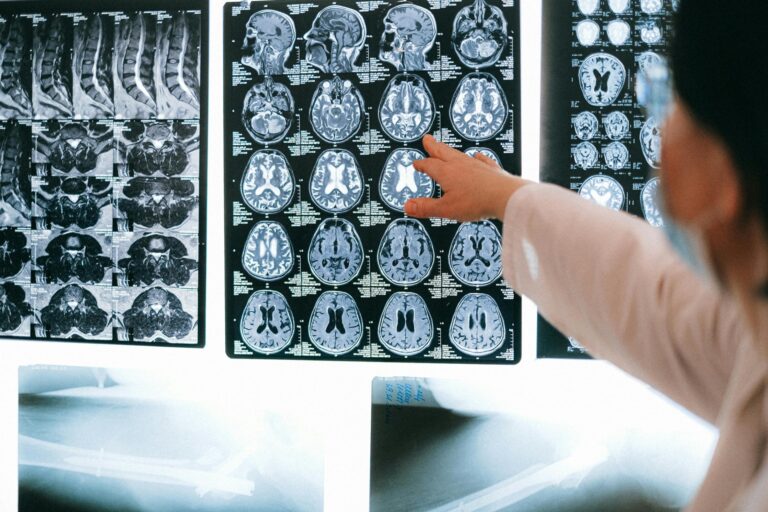We review the article, IdiopathicThe term idiopathic is used when there is no detectable reason for something. Click the term to read more Intracranial Hypertension-How Can Orthoptists Help Improve Care? The author is an orthoptist, Daisy MacKeith who works at Cambridge University Hospital in the United Kingdom. An orthoptist is similar to an optometristA trained medical profession who can examine, diagnose, and treat a majority of eye disorders. Click the term to read more in the United States, where they are licensed to diagnose and treat eye disorders.
Idiopathic intracranial hypertension (IIH) is a neurological condition of increased intracranial pressures. A manifestation of this physiologic change are visual changes that range from blurry vision to vision loss. If these symptoms are left untreated, these visual changes can lead to permanent blindness, known as Fulminant IIH. An eye specialist is a front line provider in the detection of IIH as specific eye changes are appreciated during a comprehensive eye examination.
Mrs. MackKeith’s letter to the editor of The British and Irish Orthoptic Journal explains how her profession as an eye specialist can contribute to the overall care of people suffering from IIH. In this article she outlines the challenges those with IIH have when navigating the healthcare system.
“The problems with IIH care are multi-fold:
- People with fulminant IIH are still losing sight due to delayed diagnosis or mismanagement.
- People with IIH often have a poor quality of life due to disabling chronic headaches and poor mental health.
- There is a lack of access to evidence-based weight-loss interventions and support.
- Weight stigma in healthcare remains pervasive and damaging and disproportionately impacts women.
- Functional vision loss and headaches in IIH can complicate the interpretation of visual function which can have implications for management.
- There is a lack of evidence to support treatment options.”(1)
Her recommendations on how her profession can improve these shortcomings in the healthcare system are:
- Acute vision loss is a medical emergency. Increased intracranial pressures on the optic nerve and eye structures can cause irreversible damage including permanent vision loss. Increasing understanding of IIH and its pathophysiology will help practitioners expediently direct the patient to proper pathways when they present to the healthcare system, avoiding delay in care.
- There is a high correlation between one who suffers from a rare medical condition and poor mental health. Specifically, the dismissal of symptoms or improper management of a rare condition is what leads to decreased mental health. Teaching providers how to screen individuals and to connect patients to resources, should be integrated into the standard hospital and office visit.
- IIH has been correlated with a higher BMIA value derived from the mass (weight) and height of a person. A healthy range is between 18.5-24.9, overweight is defined as 25-29.9 and obese… Click the term to read more. There is opportunity to have providers know what current treatment options are for these patients including a dietician and use of GLP-1s. Understanding that obesity is a disease and that it requires multimodal care can help provide better health care to their patients.
- Functional vision loss is when a patient has visual complaints but no findings on exam or testing. This can potentially occur when intracranial pressures fluctuate, improved by the time they are evaluated by a provider. This stresses the importance of proper documentation and careful physical exam for improved communication with the managing team.
- In regards to her statement in “There is lack of evidence to support treatment options”, Ms. MacKeith suggests being educated on evidence-based information and doing your own research on IIH. She also recommends that when prescribing any treatment options that you educate the patient on its potential adverse effects.
In summary, IIH affects mainly women globally. Each region has their own obstacles to overcome, though comparable to the United States. Increasing awareness for IIH will increase attention and interest to the study and research of this neurological condition. Access to providers who are competent and comfortable in diagnosing and treating this disease should be the rule rather than the exception.



